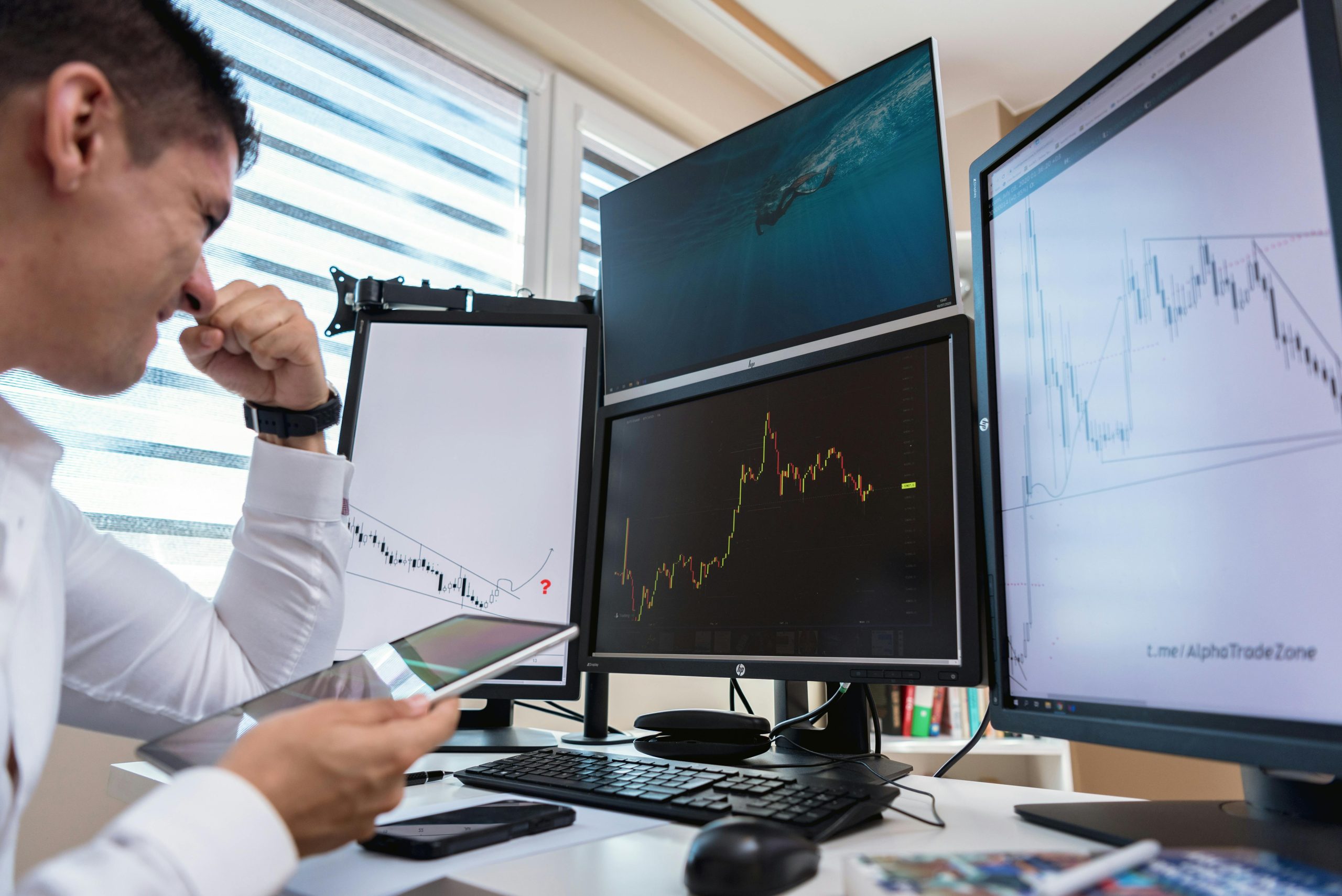Introduction to Forex Signals
In the ever-evolving world of currency trading, forex signals have become essential tools for traders at all experience levels. These signals offer insights into market movements, helping users make informed trading decisions. Whether you’re a novice just starting your journey or a seasoned trader aiming to sharpen your strategy, mastering forex signals is a crucial step toward success.
In this comprehensive guide, we’ll explore what forex signals are, how they work, their benefits, how to choose the right provider, and how to use them effectively to transition from beginner to professional trader.
What Are Forex Signals?
Forex signals are trade recommendations provided by either automated systems or experienced traders. These signals usually include key data such as:
- Currency pair (e.g., EUR/USD)
- Entry price
- Stop-loss level
- Take-profit level
- Trade direction (buy or sell)
These elements help traders identify potential market opportunities without conducting extensive technical or fundamental analysis themselves.
Types of Forex Signals
Manual Signals
Generated by expert traders analyzing the markets. These often come with commentary and reasoning behind each trade setup.
Automated Signals
Created using trading algorithms or AI-based systems. These offer speed and consistency, ideal for traders who prefer data-driven strategies.
Free vs. Paid Signals
Free forex signals are widely available but often less reliable. Paid signals typically come from vetted providers with verified track records, offering higher quality trade setups.
How Forex Signals Work
Forex signals function as alerts or instructions that guide traders on when to enter or exit a trade. They are delivered through various platforms, including:
- SMS
- Telegram channels
- Mobile apps
- Trading dashboards
Most reputable signal services provide signals in real-time, allowing traders to act quickly in the dynamic forex market.
Signal Components Explained
- Currency Pair: Identifies the currencies involved.
- Entry Point: The suggested price to open a trade.
- Stop-Loss: A price level that limits potential losses.
- Take-Profit: A target level where the trade is closed in profit.
- Trade Direction: Whether to buy (long) or sell (short) the pair.
Benefits of Using Forex Signals
The growing popularity of forex signals is no coincidence. They offer several key benefits for traders:
Time-Saving
Signals eliminate the need for complex analysis, saving hours of screen time for busy traders.
Educational Value
By following signals and reviewing the accompanying analysis, beginners can learn trading strategies and market behavior.
Increased Accuracy
High-quality forex signals often come from seasoned professionals or AI systems that reduce emotional trading decisions.
Risk Management
Well-structured signals include stop-loss and take-profit levels, promoting disciplined trading and capital preservation.
Choosing the Right Forex Signals Provider
Not all forex signals providers are created equal. Choosing the right one is vital to your trading success.
Key Criteria to Consider
Verified Performance
Look for a provider that offers transparent and verified historical performance.
Delivery Speed
In the fast-moving forex market, timely delivery of signals is essential to capitalize on opportunities.
Signal Frequency
Some traders prefer multiple signals per day, while others seek only high-quality, high-confidence setups.
Customer Support
Reliable customer support ensures your questions and issues are resolved quickly.
Trial Period
A trial or demo period allows you to test the service before committing financially.
How to Use Forex Signals Effectively
While receiving signals is simple, using them effectively requires discipline and understanding.
Match Signals with Your Trading Style
Some forex signals may be better suited for scalpers, while others favor swing or long-term traders. Align the signals with your strategy and risk appetite.
Use a Demo Account
Test signals on a demo account before risking real money. This helps you gauge their reliability without financial exposure.
Manage Your Risk
Stick to proper risk management rules—never risk more than 1-2% of your account per trade.
Combine Signals with Personal Analysis
Over time, aim to combine signal usage with your own market analysis. This hybrid approach offers more confidence and flexibility.
Common Mistakes to Avoid When Using Forex Signals
Many traders misuse forex signals, leading to poor results. Avoid the following common pitfalls:
Blindly Trusting Signals
Always verify the logic behind a trade. Even the best providers can make mistakes.
Overtrading
Receiving multiple signals doesn’t mean you must take every trade. Quality over quantity is key.
Ignoring Risk Management
Even high-probability trades can fail. Use stop-loss orders religiously to limit losses.
Not Tracking Performance
Keep a trading journal to track your results with various forex signals. Analyze what works and what doesn’t.
Forex Signals for Beginners
Starting out in forex can be overwhelming. Fortunately, forex signals help reduce the learning curve by offering guided trades.
What to Look For as a Beginner
- Simple and clear signal format
- Educational content explaining the rationale
- Low-risk setups
- Supportive community or mentor access
Recommended Tools
- MetaTrader 4/5
- Telegram for receiving real-time alerts
- Journaling software like Myfxbook or TradingView
Forex Signals for Advanced Traders
Experienced traders can leverage forex signals in different ways than beginners.
Strategy Confirmation
Use signals as a secondary opinion to validate your own technical or fundamental analysis.
Diversification
Advanced traders often follow multiple providers or combine manual and automated forex signals for diversification.
Building a Signal Service
Many pro traders eventually launch their own forex signals service, monetizing their skills and helping others trade successfully.
Forex Signals and Technology
Technology has transformed how traders use forex signals. From automated bots to real-time alerts, staying connected is easier than ever.
Signal Integration with Trading Platforms
Modern platforms allow direct integration of signals into trading terminals, enabling auto-trading based on received alerts.
AI-Powered Signals
Machine learning and AI have revolutionized the industry by providing more accurate, data-driven forex signals with less human bias.
Mobile Access
Mobile apps ensure you never miss a trading opportunity, allowing you to act on signals from anywhere in the world.
Risks and Limitations of Forex Signals
While helpful, forex signals are not foolproof. Understanding their limitations helps you use them more wisely.
No Guarantee of Profit
Even high-quality signals can result in losses due to market volatility and unpredictable news events.
Overdependence
Relying solely on forex signals without learning the fundamentals of trading can hinder your long-term growth.
Scam Providers
The industry has its fair share of unreliable providers. Always research and verify before subscribing to any service.
Conclusion
Mastering forex signals is a powerful step toward becoming a successful trader. Whether you’re a beginner looking for guidance or a professional aiming to streamline your strategy, using forex signals wisely can offer a significant edge. However, success in forex trading doesn’t come from signals alone. Combine them with strong discipline, risk management, and continuous learning to truly excel in the market. With the right approach and tools, you can transition from a beginner to a pro trader — and forex signals can be your roadmap on that journey.




